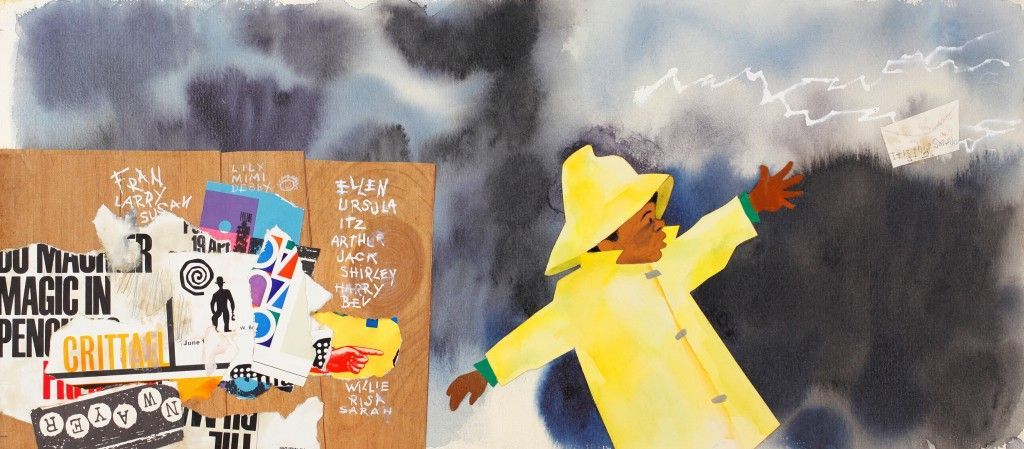Archive for August 2011
Brian Ulrich: Copia – Retail, Thrift, and Dark Stores, 2001-11 at The Cleveland Museum of Art
It has been a busy summer. One of the projects we were working on was the Brian Ulrich exhibition at the Cleveland Museum. After looking at these images, I share Brian Ulrich’s opinion about our consumer society and the excess and waste it creates. A reminder to all of us why photographers are important and how…
Read MoreThe Snowy Day and the Art of Ezra Jack Keats at The Jewish Museum
We always like to know more about the exhibitions we frame. I was not familiar with Ezra Jack Keats’s work before we started working with the Jewish Museum on this exhibition. I think you will agree his work is wonderful and it is an exhibition the whole family will enjoy. He has also been honored for…
Read More
